Sitotroga cerealella
(Olivier, 1789)
-
 Subfamily: Apatetrinae **
Subfamily: Apatetrinae ** -
 Wingspan: 14-15 mm
Wingspan: 14-15 mm -
 Flight period: May - Sep (Jan - Dec)
Flight period: May - Sep (Jan - Dec) -
 Spread: Common
Spread: Common -
 Host plants: Poaceae
Host plants: Poaceae
Information
The Sitotroga cerealella also called Angoumois grain moth is a moth of the Gelechiidae family, with a wingspan of 14-15 mm.
It has an almost global distribution, including essentially all of Europe, as well as Australia, Benin, Brazil, China, Indonesia, Japan, USA.
This cosmopolitan distribution is due to its synanthropic habits (the attraction of unwanted parasitic species in areas altered by persistent human activity),
which allows it to be easily transported with international grain shipments.
In Europe it is absent from Ireland from Denmark, from the Scandinavian peninsula, from the Baltic countries and from Slovenia, it is present in Iceland.
In Italy it is present also in the Islands. *
The front wings of Sitotroga cerealella are narrow and long fringed, with cinnamon or yellowish livery, shiny, with points, streaks and markings
brownish, the trapezoidal hind wings are light gray. with an elongated appendix at the apex, strongly fringed. ***
The curved palps are of the background color of the front wings, with the dark apex, the same color as the head and thorax,
the abdomen has a darker color. ***
Sitotroga cerealella has several generations per year, depending on latitude and temperature.
It overwinters at the larva stage inside the caryopsis (grain). The adults live from 5-13 days, the females lay from 100 to 350 eggs in groups of 20-30 both on the preserved seeds
than on the ears when ripe.
The larvae, 5-6 mm long, appear in a pinkish white color with a brown head. They empty the kernels, without obvious external signs
(one larva per grain) making it difficult to identify the infestation, deteriorate the foodstuffs even with excrements and exuviae favoring the infestation of a mite,
which feeds on them and which can trigger skin allergies.
Food plants the Poaceae in particular Triticum (wheat), Hordeum vulgare (barley) and Zeta mais (corn); it can also attack legume seeds and dried chestnuts.
* Lepidoptera mundi https://lepidoptera.eu/ - Fauna Europea https://fauna-eu.org/
** British Lepidoptera - https://britishlepidoptera.weebly.com/
*** Bestimmungshilfe für die in Europa nachgewiesenen Schmetterlingsarten - http://lepiforum.de/
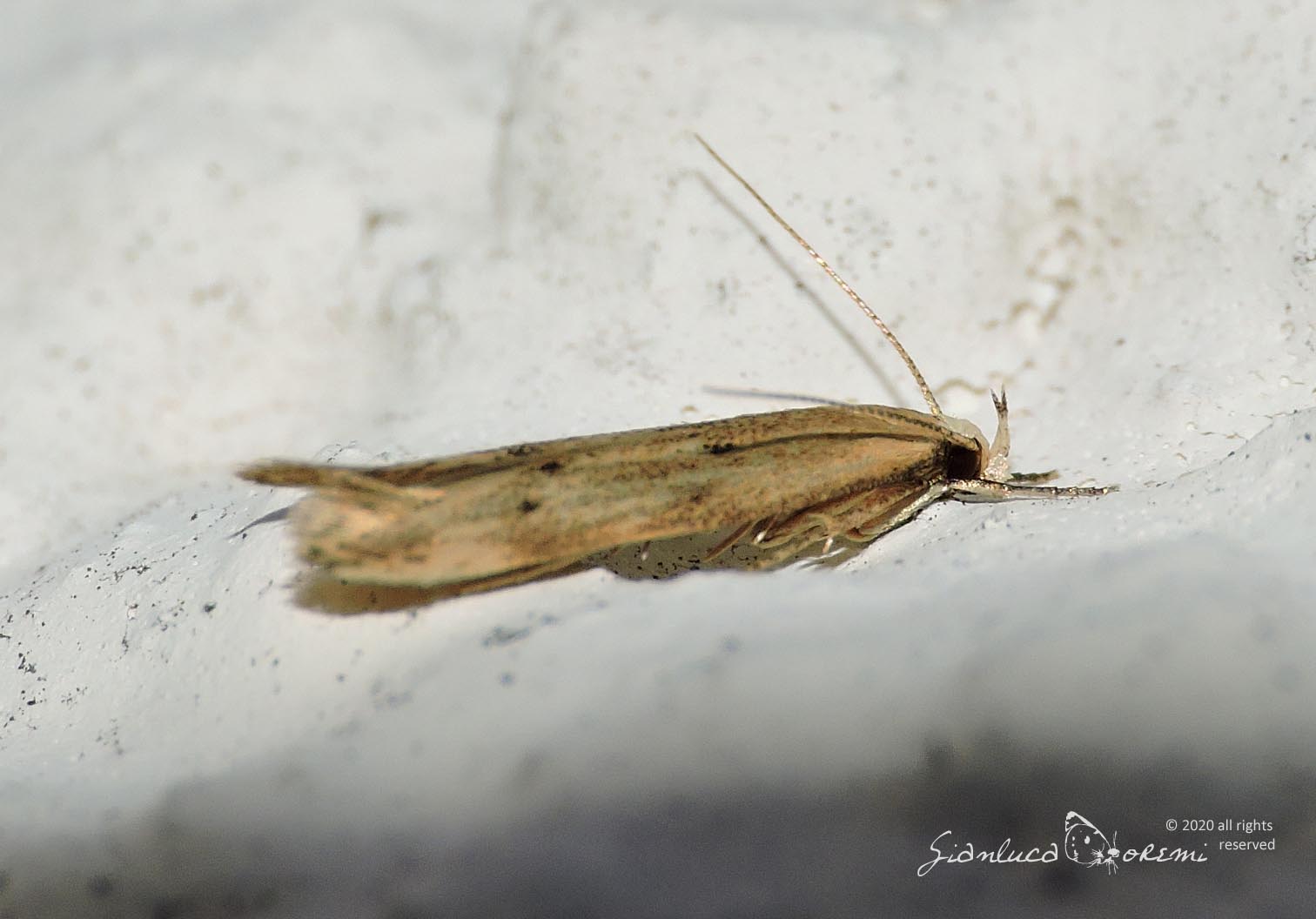

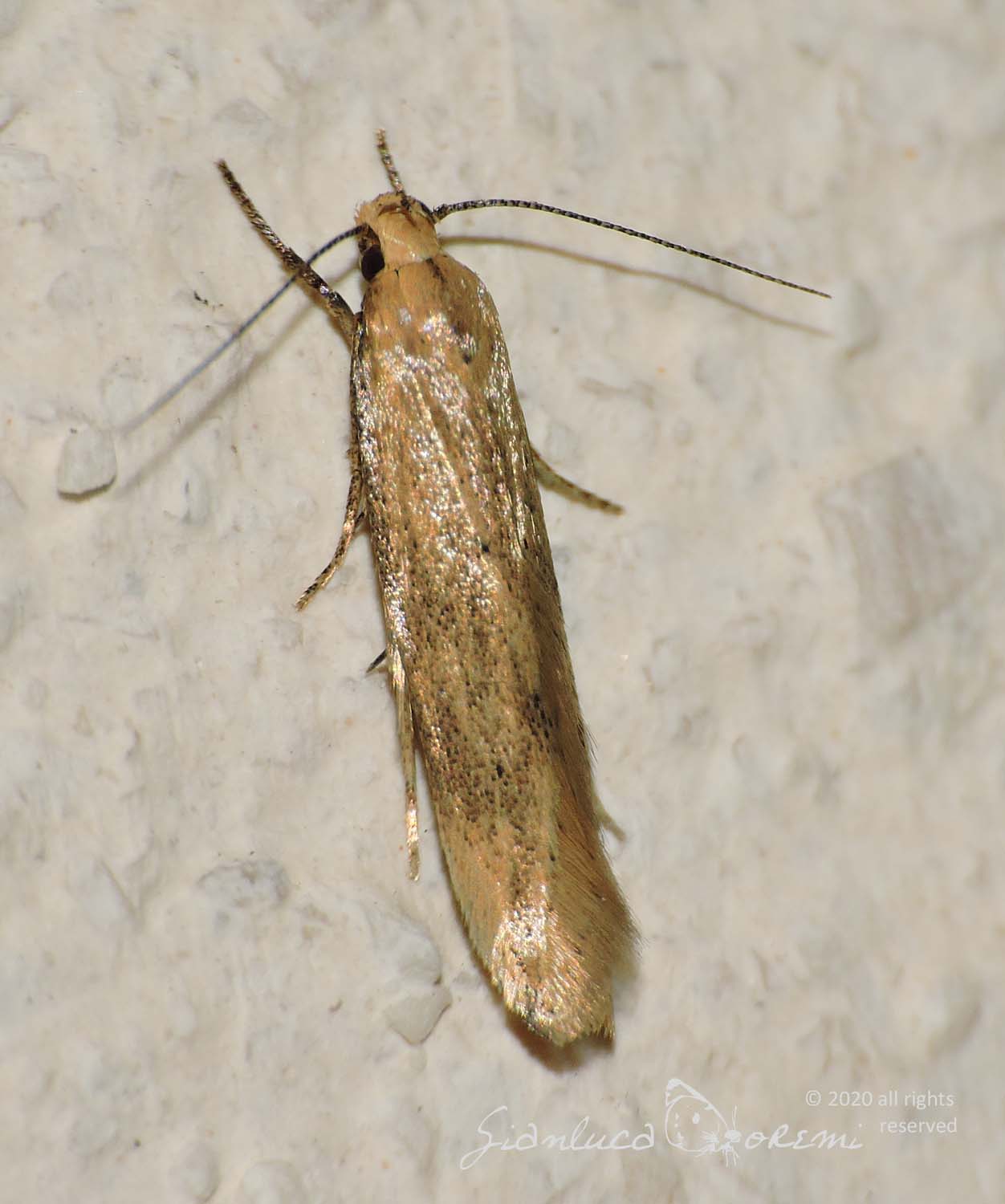
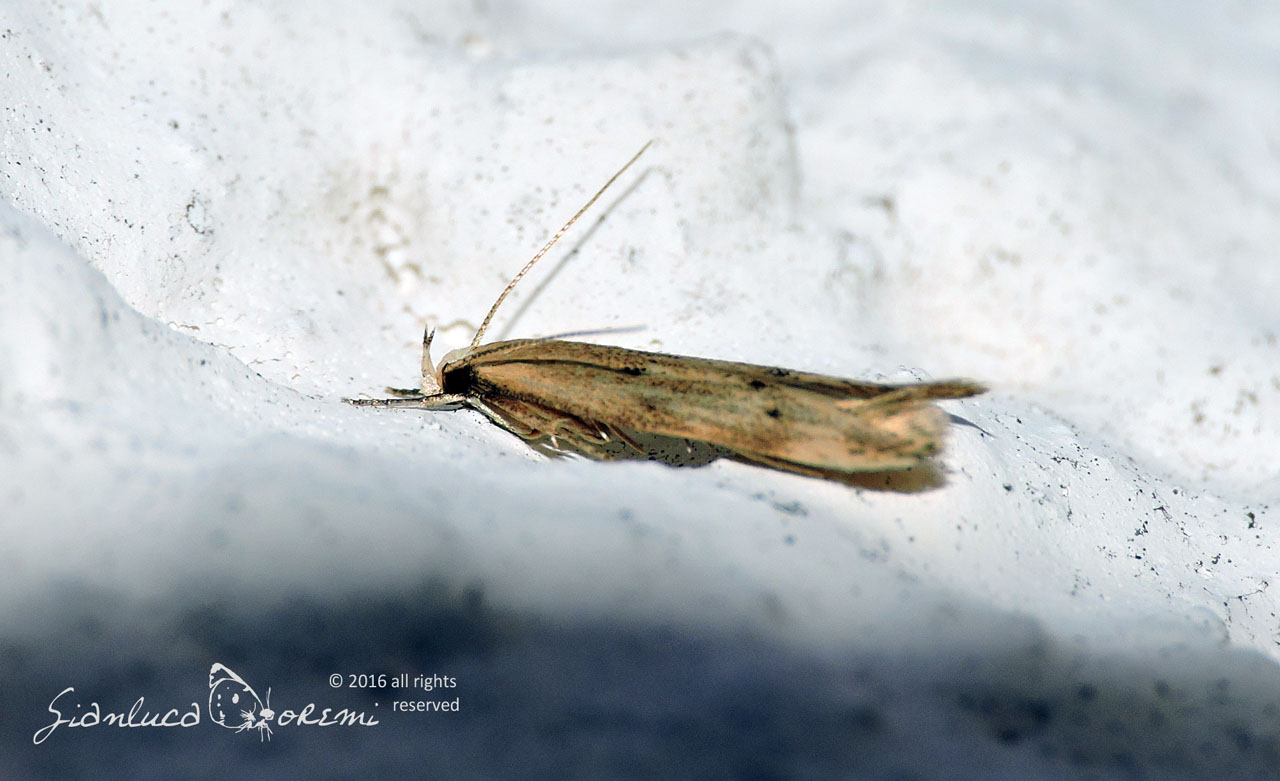



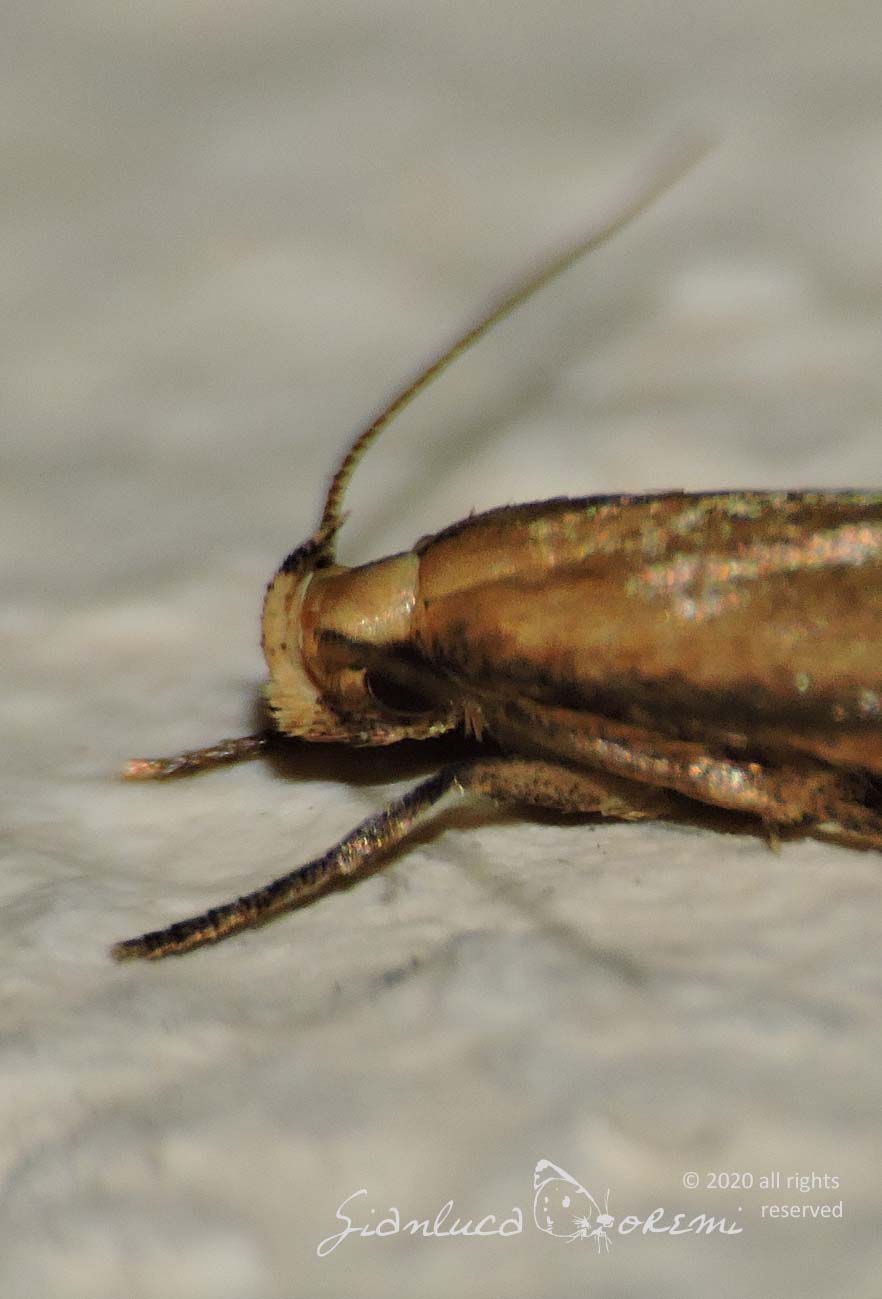
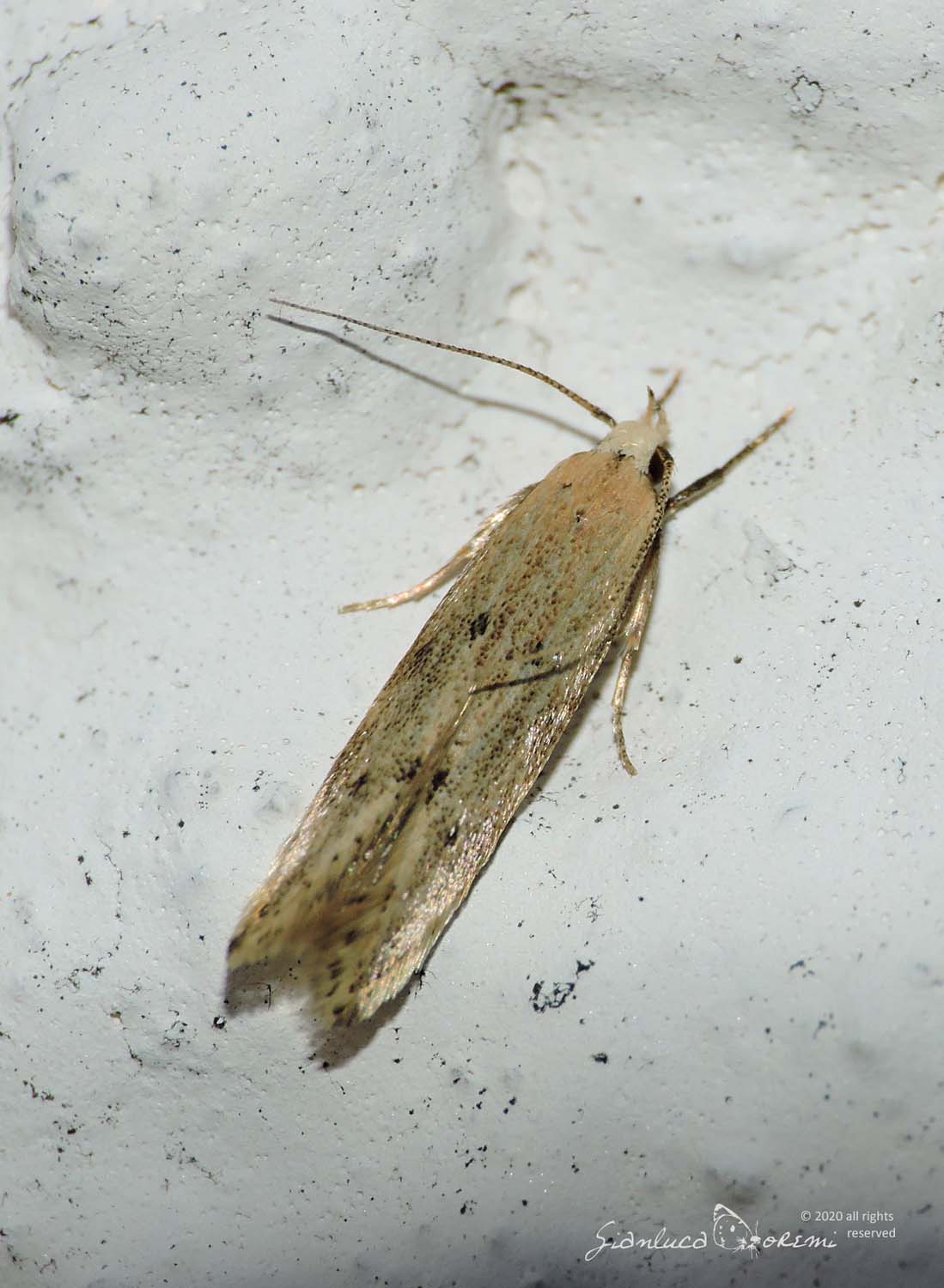

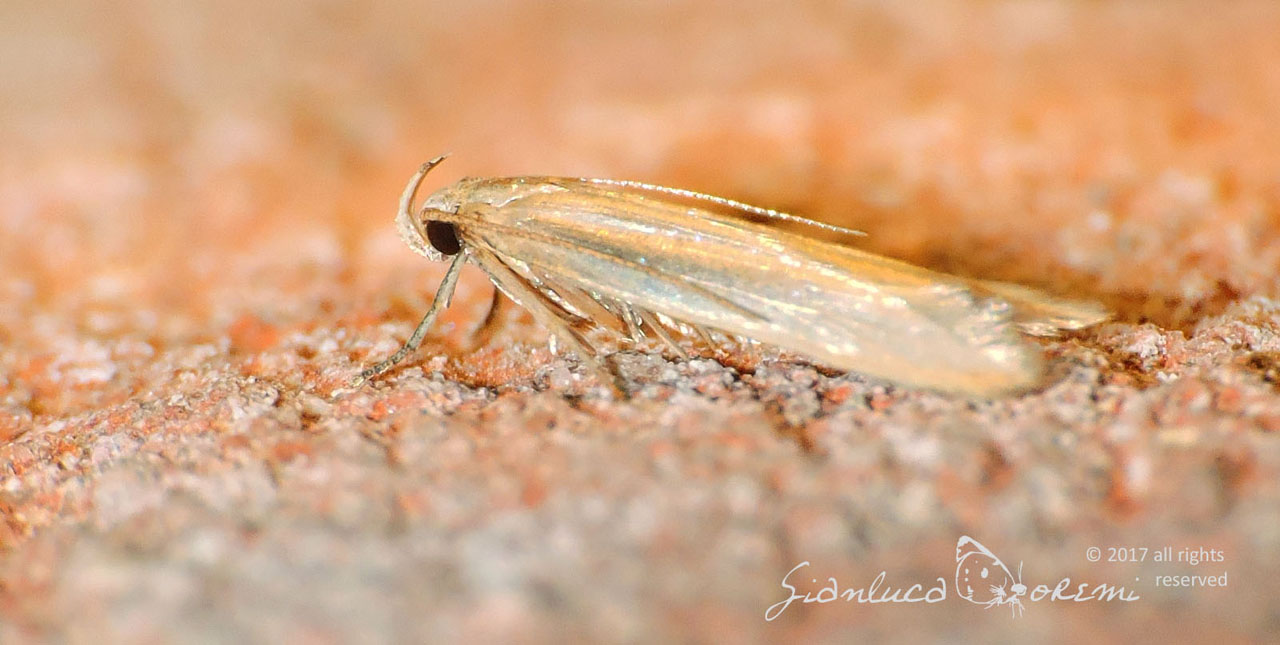
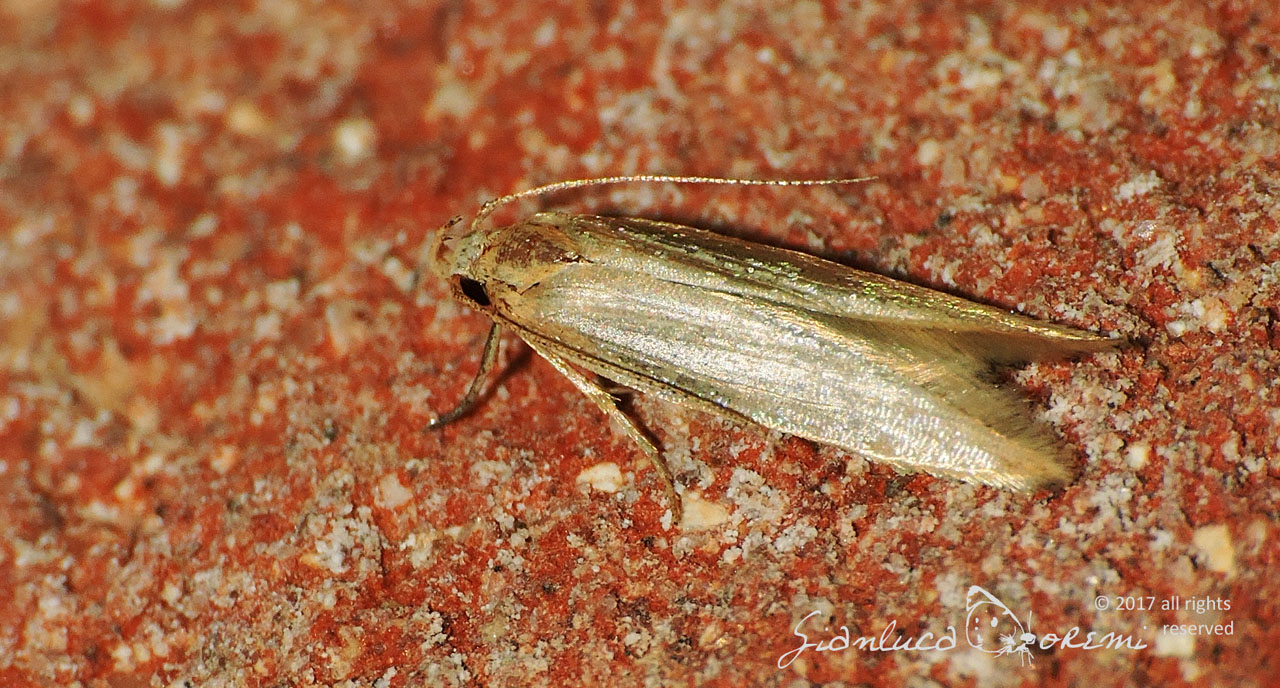
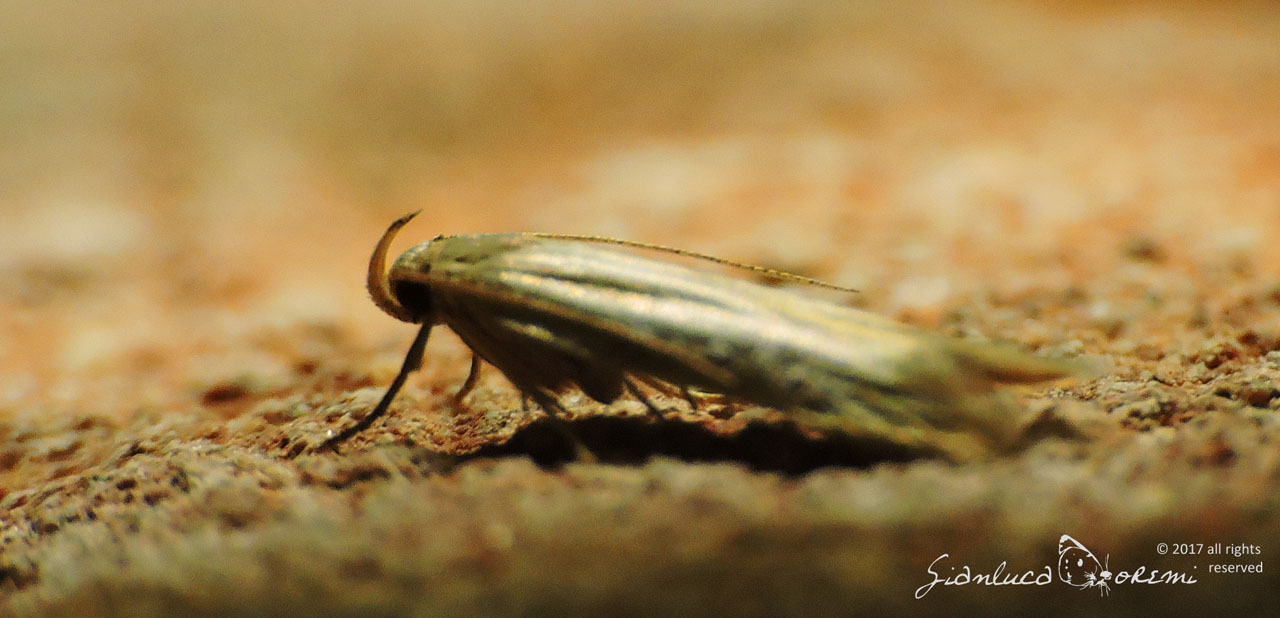
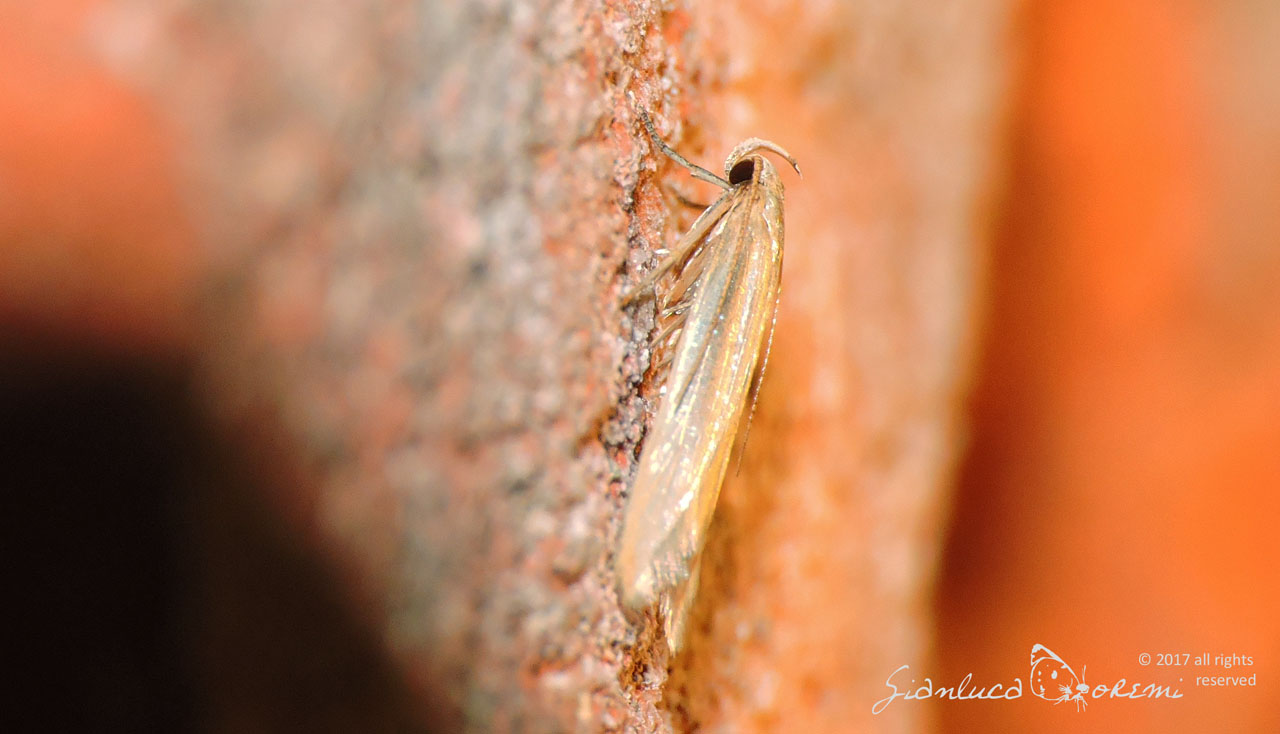


 EN
EN ITA
ITA
Social and publications